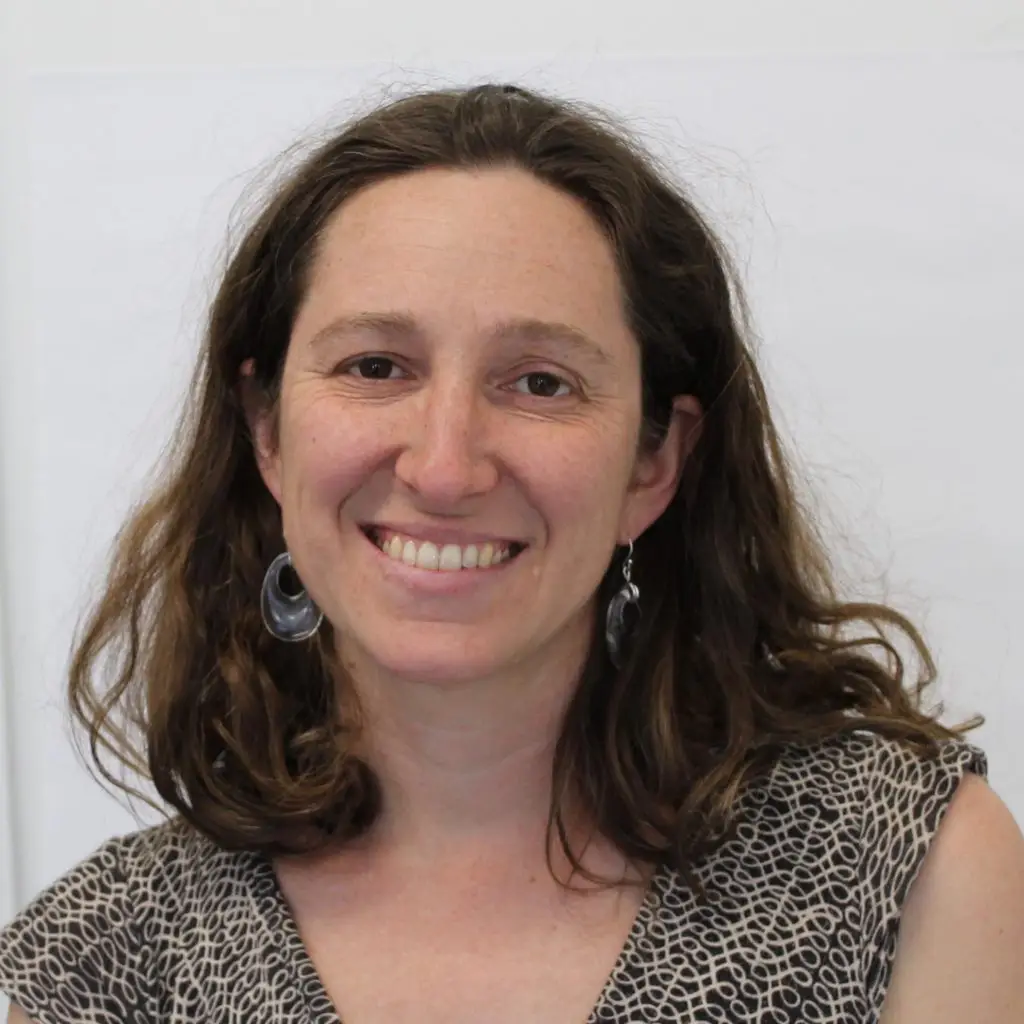Families of children with disabilities are often at the center of debates about education choice, but their voices are rarely heard directly. In a new exploratory report, CRPE researchers share stories from 28 families in Arizona and Florida using education savings accounts (ESAs) to educate their children with disabilities.
Their experiences complicate the dominant narratives: ESAs were described as a lifeline, yet one that came with heavy burdens and costs.
Key Findings
- Families turned to ESAs when public schools were unprepared to meet their children’s needs. Parents described failures to evaluate or act on children’s needs—even when legally required—leaving them little choice but to seek alternatives.
- Families used ESA flexibility to secure support otherwise unavailable. 79% used ESA funds for materials, services, or curriculum. Half supplemented private school tuition; half built fully customized educational programs. For many, customization came only after other schools had failed them.
- Disbursement and reimbursement created significant burdens. Families faced inflated prices in state marketplaces and time-consuming reimbursement processes. As one parent put it: “We shouldn’t need to work for four hours to get a $50 reimbursement.”
- Families lacked reliable information about providers. With little formal guidance, parents turned to Facebook groups for everything from applications to finding therapists. Many described a “trial-by-fire” process in identifying quality options.
- Families relied heavily on personal resources. Parents—most often mothers—sacrificed income and time, sometimes leaving the workforce to manage customized programs. One parent described it as “a part-time job.”





